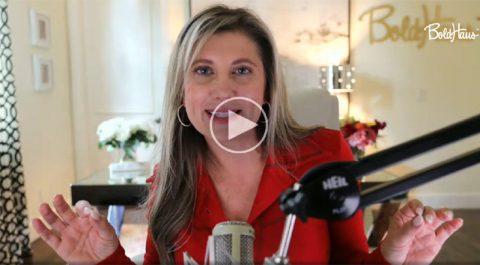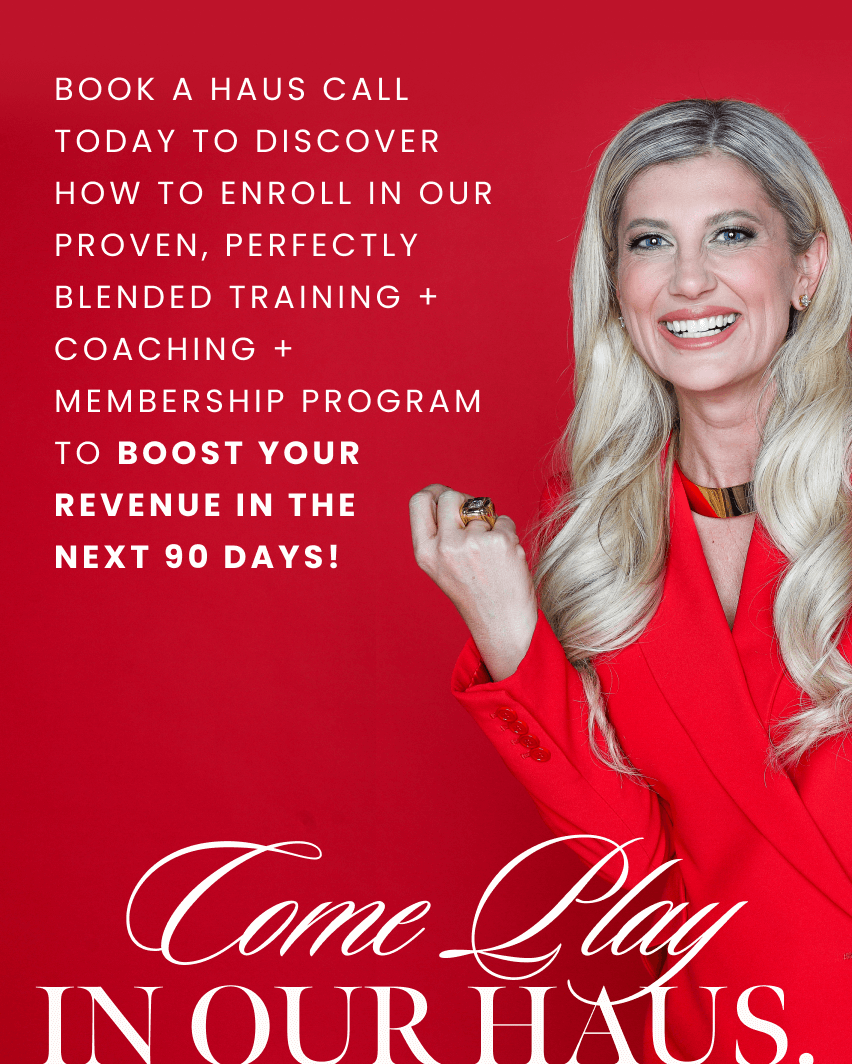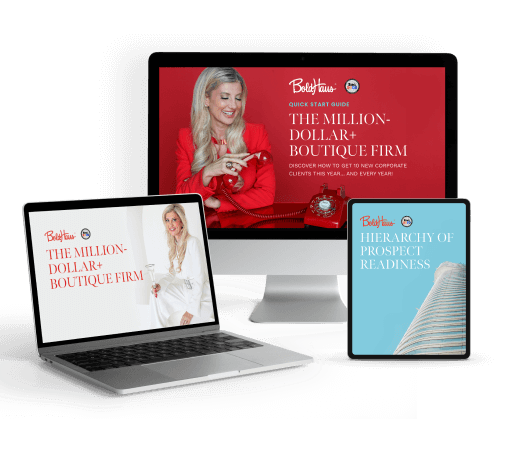It’s no secret economic signals here in the U.S. have been flashing red. Stocks and crypto have gone down. Fed rates and inflation have gone up. And consumer and investor confidence have been all over the map.
Some experts say a slight market slow down wouldn’t be the worst thing in the world to help prices cool off and companies fill more positions. Meanwhile a wise economist recently remarked, “let’s not talk ourselves into a recession.” Smart.
Still, as a small business owner — especially if you’re running a consulting business, professional services business, or leadership coaching business, you might feel apprehensive about what the impact of a market downturn could be on your monthly revenue.
Adding to that feeling of uncertainty, even experts can’t agree on exactly where we stand or what to expect regarding where the U.S. economy is headed.
- According to Elon Musk, we’re already in a recession — and he’s taking measures accordingly in his companies.
- Wells Fargo, Deutsche Bank and Bank of America predict that we’re heading into a recession, albeit likely a mild one.
- A study from Bloomberg found there’s a 30% chance we’ll have recession by the end of 2023.
- UPS and JP Morgan believe the conversation is all overblown, the Federal Reserve Board will pull off a soft landing with their inflation-tamping initiatives, and we may not even have a recession at all.
- And by the time you read this, it may likely have all shifted again.
The fact is, it’s impossible to predict with 100 percent accuracy how the markets will turn, and this causes a great deal of trepidation for small business owners and solopreneurs who require consistent revenue to support their household.
So, what can a coach, consultant or other services-based business owner do — not only to weather such unstable economic conditions — but to come out on the other side with an even more thriving and profitable business?
Let’s start with this fundamental truth:
Universal Laws NEVER go into a recession.
There is ALWAYS abundance.
More specifically, there’s a ton of opportunity out there, if you know how to proactively create new client opportunities in your business.
This is one of the biggest things we teach our BoldHaus members: how to be proactive in filling their pipelines and closing deals — versus being stuck waiting around for word of mouth to send a referral into their lap.
With the “come from” of taking a driven approach to business development, I’ve laid out 7 proactive strategies you can put in place in the next 45 days to help recession proof your coaching, consulting or other professional services business.
Be sure to watch the video, as well as the additional details and examples laid out below.

1. Include cancellation and postponement terms clearly in every consulting contract.
More than 50 percent of the time when we start working with a consultant, executive coach, or CEO of a boutique firm, their client contracts are radio silent when it comes to their company’s cancellation terms and/or postponement policies.
Don’t leave yourself in this unprotected position. Have your attorney review your client contracts and make sure your cancellation policies are crystal clear.
Work with an attorney based in your state so that they are familiar with the relevant governing laws.
In addition, don’t forget to include policies around what happens if your client wants to postpone an engagement.
If you make it clear to a client that they can postpone a program within a specific time frame without losing all their deposit (and perhaps paying a reasonable rescheduling fee), they’ll often choose that option, as opposed to cancelling altogether. That means you’re merely risking delayed revenue versus lost revenue.
2. Get paid before delivering equitable value to a client.
Structure your client agreements to get paid a fair deposit up front, as well as receive subsequent payments in advance of delivering equitable value to your client.
EXAMPLE 1: 12-month consulting engagement starting Jan. 1.
- 40 percent deposit upfront BEFORE any work whatsoever gets underway (covers Q1: Jan. – March)
- 20 percent payment due March 15 (covers Q2: April – June)
- 20 percent payment due June 15 (covers Q3: July – Sept.)
- 20 percent payment due Sept. 15 (covers Q4: Oct. – Dec.)
This way, the payments to you always precede the value you deliver to the client. Why 40 percent up front? Well, in many consulting and coaching engagements, there’s an outsized amount of work that’s done in the beginning.
You may be doing discovery work, building the client’s entire strategy and project plan, hosting extra kick-off meetings, and so on. So, if your engagement is “front loaded” then you want that to be reflected in the payments.
Obviously, if it’s not, then it would make sense to adjust accordingly. This is just an EXAMPLE.
Also note in this example the payments are due on the 15th of a month, not the 30th, to give you cushion when the client is late.
EXAMPLE 2: One-day corporate employee training workshop.
- 50 percent deposit to book the workshop and get started on content customization, conference calls, etc.
- 50 percent payment due at least 10 business days in advance of the employee training workshop.
- Payment for expenses, such as travel costs, meals, parking, etc., billed following the employee training workshop at net 30 days.
Remember, you should never start working on a client engagement in any way unless a contract is signed, and a deposit received. Otherwise, you leave yourself unprotected and without leverage.
3. Don’t be “skinny” in your client relationships.
I borrowed this expression from an executive at AT&T who spoke at our BoldHaus annual conference a few years ago. It perfectly sums up the danger of client relationships that are only one decision maker deep.
Think of it this way. If your primary point of contact at one of your clients is let go because of a layoff or because they take a voluntary severance package — will you be up a creek without a paddle?
For many consultants, executive coaches, and other professional services providers, the answer is a resounding yes.
Your new point of contact at the company will be overwhelmed with a whole new bucket of responsibilities and looking to cut costs, cancel meetings, and delay projects. Read: it won’t be the time to start building a new relationship!
So, take an inventory quickly. Make sure you have multiple relationships within any organization you do business with now — as well as any organization you have done business with in the past and you’d like to do so again.
4. Educate your clients in advance how you can help them during times of cost cutting and downsizing.
Key words here: in advance!
Again, please don’t wait until your clients are in crisis-mode, cutting costs, cancelling employee travel, and letting people go, to finally educate them on how you can help during those times.
Once the belt tightening starts, decision makers won’t be in a frame of mind to sit down and have a capabilities briefing with you.
Instead, talk to them right now about the types of things you can help with in that kind of an environment.
Here’s an example. An employee training workshop we used to provide to companies was on preparing managers to thoughtfully deliver bad news to their employees.
While we couldn’t do anything about the bad news itself, we did help the experience go better for all involved.
Bottom line here: If it’s been a while since you sat down with your clients as well as people in your Rolodex to walk through your entire Credibility & Capabilities Briefing, now is a very good time to do that!
(And by the way… if you don’t have a proven Credibility & Capabilities Briefing, we can help you build a world-class one.)
5. Diversify your client portfolio.
Rule #1 in business is: Follow the money.
So where will the money be? Well, several market segments, such as discount consumer brands, higher education, and government, are not only recession-proof — they are often boosted by recession.
These recession-boosted markets are where investors move their money. And where YOU can find a wealth of client opportunities.
Here’s a fantastic article from Investopodia.com that outlines just some of the consumer markets that thrive in a recession.
Look at your own client portfolio and what’s in your pipeline. If it’s not sufficiently diversified, now is the time to expand your reach.
6. Master getting in front of decision makers.
Yes, word-of-mouth client referrals are fantastic. But if more than 80 percent of your business comes to you this way — you’re in trouble. Put simply, this means you’re powerless to proactively put cash flow into your bank account.
And to be clear, while content marketing is a great way to round out your thought leadership — it’s a long-term strategy that doesn’t allow you to replace lost revenue when a client cancels.
How to proactively get in front of decision makers in a compelling and powerful way is what we teach our BoldHaus Collective members to do.
In short, you need at least one anchor experience each month that allows you to expand your reach and create engagement with your ideal target prospects. You can leverage other organizations’ platforms (i.e. industry associations) to do this. Or you can create your own platform.
7. Build an overflowing sales pipeline.
At any given time, only 1 to 3 percent of your ideal target clients are in a “ready now” place to buy from you. That means if you do a webinar for 100 decision makers, only 1 to 3 of them will need your services in the next 30 to 90 days.
Then comes the question of your close rate. Let’s be generous and say that 3 out of the 100 decision makers from a webinar are interested in speaking with you about a specific need with a relatively urgent timeline.
What percentage of those 3 prospects will you close?
Now let’s say that companies start cutting back on spending. (Both Tesla and Netflix are two well-known brands that just announced layoffs and hiring freezes.)
What percentage of your opportunities will be put on hold?
These are situations that are out of your control. But what you can do to is protect yourself by stuffing your pipeline.
If you’re not sure how to go about doing that, we can show you the way. Feel free to book a call with our team here.
Smart Strategies in Any Market
No matter which direction the economy is headed, these seven strategies are smart steps to take if you want your consulting business, coaching business, or professional services business to grow.
In fact, these are just some of the same winning strategies we share with our BoldHaus Collective members, private consulting clients, mastermind members and other program participants, helping countless coaches, consultants and other services-based business owners generate 7+ figures in profit, year over year.
Remember: to get even more context on the 7 strategies, be sure to watch the video above. And stay tuned at the end for answers to burning questions posted in real time by business owners just like you.





